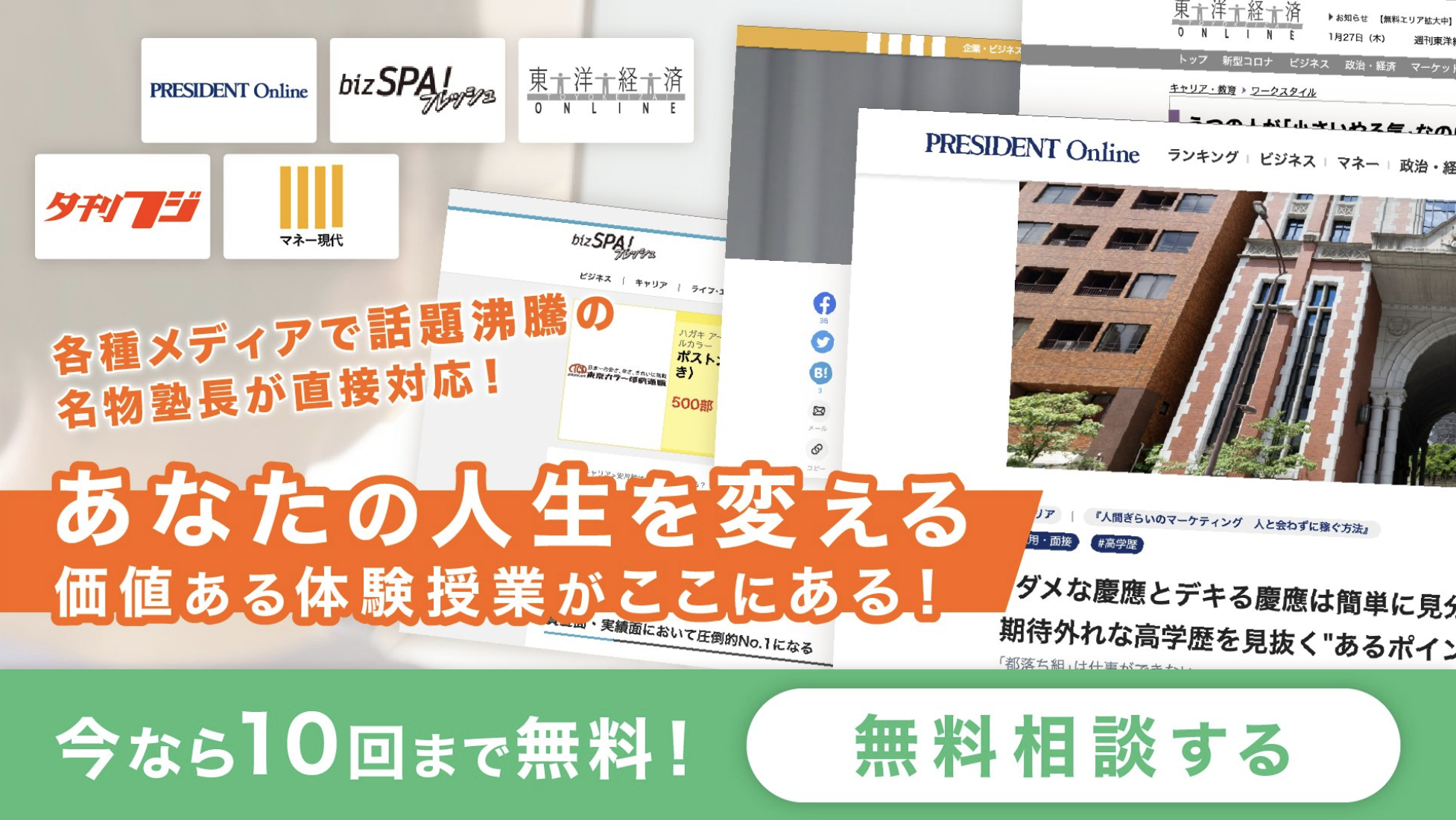The changing attitude toward Soft Power stems not from its theoretical dimension but from a changing global landscape. The 21st century will be characterized by growing competition among three giants—China, India, and the United States. To contend with this triumvirate, nations will create short-termed strategic alliances that will collectively bargain opposite the giants, or force their hands. These alliances will rest on shared interests, not shared values. In a world governed by increased competition, as opposed to cooperation, the practice of Soft Power will become secondary. The benefit of strategic alliances lies in their malleability. Unlike the Cold-War era, nations will not be bound to one giant. On the contrary, nations will collaborate with different giants towards different ends. National power will emanate from a nation’s status as a desirable member in strategic alliances. This desirability may rest on diverse resources ranging from economic stability to technological infrastructure and geographic location. Now is not the age of uni-polarity or bi-polarity. Now is the age of giants, and in this age, power will function differently.
Vladimir Putin once stated that ‘I would prefer to abandon the terminology of the past. Superpower is something that we used during the Cold War time. Why use it now?’ The demise of the Cold War led scholars to reconsider additional terms including power. In a world no longer marked by ideological conflict and a nuclear arms race, collaboration rather than confrontation could be the order of the day. In a seminal article, Professor Joseph Nye introduced the concept of Soft Power. Ultimately, Nye argued, the attractiveness of a nation’s culture, political values, and foreign policy will be more influential on its engagement with other nations than the number of ballistic missiles at its disposal.
We argue that the world is in the midst of profound structural change, and that this change necessitates that the concept of power be examined yet again. Specifically, we contend that this century will see the emergence of a modern-day triumvirate of three giants. While middle powers such as Russia, Iran, Brazil, and the European Union will remain central to global affairs, it is the three giants who will dictate the rules of the game. India’s population size and status as a global telecommunications hub will see its power overshadow that of Iran or Brazil. China’s financial dominance and global military reach will eclipse that of Russia, while the US’s strength will continue to rest on its mass investment in defense and ardent commitment to consumerism.
We argue that the power of strategic alliances will become a core concept in the field of international relations due to its ability to account for relationships that cannot be explained through the Soft Power paradigm. A strategic alliance will consist of several nations who share a common interest that can only be secured by one of the giants. Jointly, alliance members will hold greater sway over a giant, or even threaten to align with another giant. Yet once an alliance has obtained its goal, it will disband. For in a world dominated by three giants, permanent alliances will be harder to maintain. Continuous competitions between the giants will send constant ripple effects locally, regionally, and globally, and shifting sands will result in new alliances.
When Joseph Nye first introduced the concept of Soft Power in 1990, the bi-polar system was drawing its last breath. The collapse of the Soviet Union was imminent while Communist states in Eastern Europe were openly courted by the West. The bi-polar world was one of Hard Power defined by an arms race that ultimately bankrupted the Soviet Union. The exercise of power, or changing the actions of other states, rested heavily on the use of weapons and the threat of force. Nye hypothesized that the post-Cold War world would be marked by collaboration as shared challenges would necessitate shared solutions (e.g., terrorism or drug trade). The world would also become more interdependent thanks to advances in transportation and telecommunications.
Given that the post-Cold War era would rest on cooperation, Nye conceptualized Soft Power as ‘getting other states to want what you want’. The Soft Power arsenal would include culture, political values, and foreign policy. If a state could make its power seem legitimate in the eyes of others, it would encounter less resistance to its foreign policies. If a state’s culture and ideology seemed attractive, allies would be willing to follow it rather than being ordered to do so. And if a state could establish international norms consistent with its own society, it would not be required to alter its behavior.
Nye’s original article was also a manifesto, a roadmap that sought to guide America through times of global restructuring while avoiding conflicts with other states. Through Soft Power, America could make the world American without using weapons. American ideology, masked in culture, music, and cultural exchanges would reshape the international system while American prosperity would win over former Communist States. Consequently, the world would change to accommodate America rather than America changing to accommodate the world.
The concept of Soft Power had an immense influence on policymakers throughout the world. Following the Cold War, numerous nations invested billions of dollars in Soft Power initiatives. These included the creation of radio and television stations; the promotion of cultural institutions (e.g., Confucius Institutes); the expansion of foreign exchange programs and, more recently, maintaining social media empires spanning thousands of YouTube, Facebook, and Twitter accounts. Most taken with the Soft Power concept was the Obama White House. As Foreign Policy wrote in 2011, ‘All roads to understanding American foreign policy run through Joseph Nye’.
In many ways, the Obama Presidency and its Middle Eastern policy symbolize the commercial limitations of Soft Power. Following the Bush administration’s War on Terror, Obama started his tenure with the ‘New Beginnings’ address in which he called for a new beginning to America’s relationship with the Muslim world. This proclamation was followed by mass investments in Soft Power throughout the region including broadcasting, cultural exchanges, and citizen diplomacy programs. Yet despite the consistent and expansive engagement with Arabs and Muslims in the Middle East and South Asia, anti-American sentiment remains high. Not even America’s war on the cruelty of the Islamic State was enough to win the hearts and minds of the Muslim world.
America’s failure to successfully engage the Middle East through Soft Power was further magnified by Russia’s effective use of Hard Power. Sensing America’s unwillingness to involve itself in another military conflict, Vladimir Putin carpet-bombed his way to Damascus. Supporting President Assad and the Alawi Shiite minority against the majority Sunni opposition, Putin aligned himself with Iran, Hezbollah, and a variety of Shiite militia fighters from all over the world. Overseeing a brutal war, Putin and his allies killed more than half a million people, and it led to the ethnic cleansing of Sunnis in many parts of Syria.
And what was the cost to Russia? The Soft Power model would predict that Russia would lose its legitimacy, its seat at the table of international affairs, or at the very least turn into an outcast. Western diplomats did in fact wail into microphones while UN ambassadors tweeted images of dead Syrians. Yet Russia gained its stronghold in the region. Even more importantly, Russia has become a genuine powerbroker in the region with Lebanon, Iraq, and even Israel looking to bolster their ties with the Kremlin. Obama talked. Putin bombed. The results speak for themselves.






コメントを残す